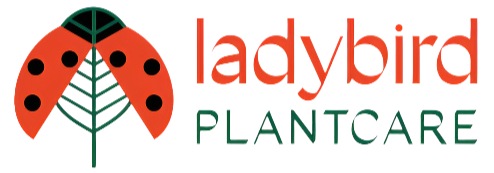News
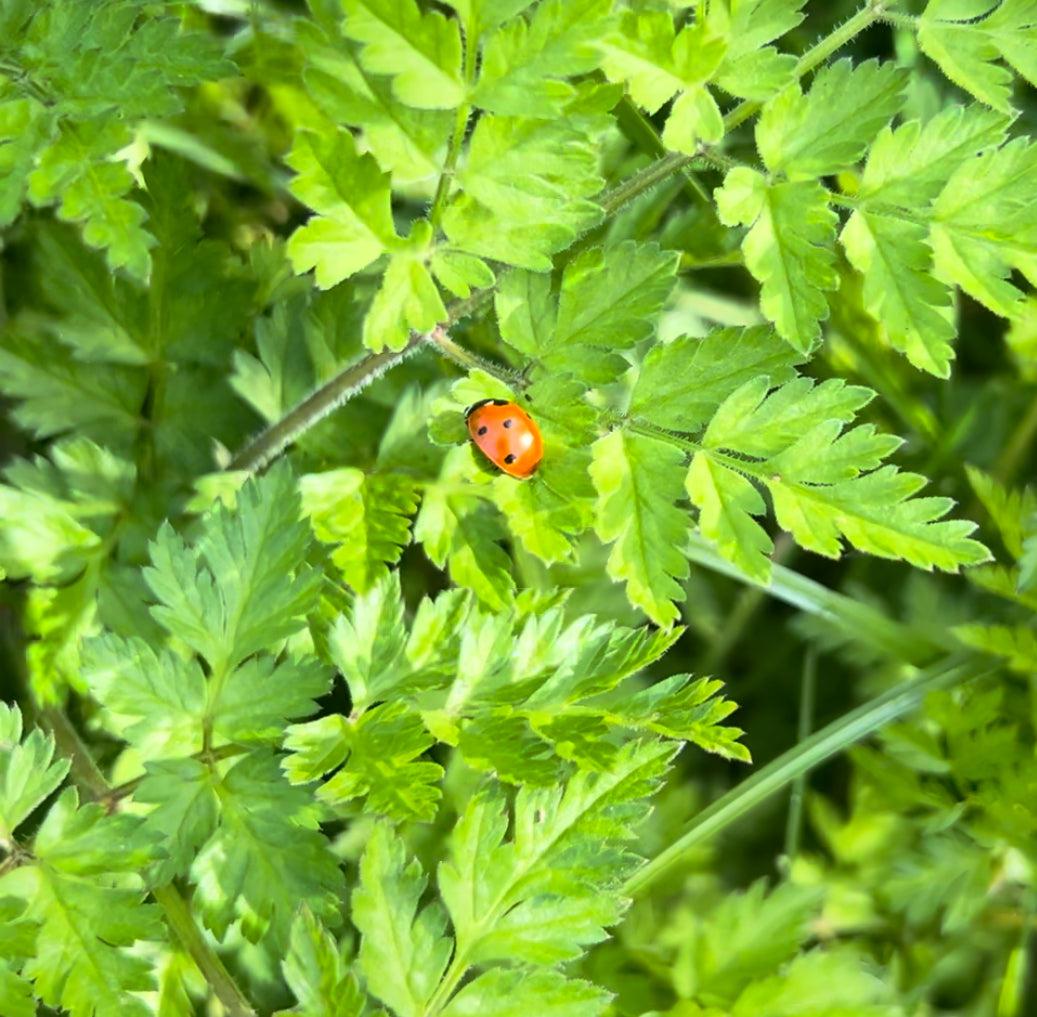
News
The Lifecycle of Ladybirds and their impact on Aphid populations
by Tessa Cobley on Jul 12 2024
Ladybirds, are an excellent choice for the garden because of their appetite for aphids (greenfly/blackfly). However, understanding the lifecycle of ladybirds is essential to appreciate why their impact on aphid populations can take some time.
Here’s a closer look at the stages of a ladybird’s life and why patience is key when relying on these beneficial insects for aphid control.
The Lifecycle of Ladybirds
Ladybirds undergo complete metamorphosis, passing through four distinct life stages: egg, larva, pupa, and adult.
Egg Stage:
Duration: 3-7 days
Description: Female ladybirds lay clusters of small, yellow eggs on the underside of leaves, typically near aphid colonies to ensure a food source for emerging larvae.
Larva Stage:
Duration: 2-3 weeks
Description: Upon hatching, ladybird larvae are small, alligator-like creatures with distinctive black and orange markings. This stage is where they consume the most aphids, sometimes devouring hundreds within a few weeks.
Pupa Stage:
Duration: 1-2 weeks
Description: After reaching full size, the larvae attach themselves to a leaf or stem and form a pupa. Inside, they undergo transformation into adult ladybirds.
Adult Stage:
Lifespan: Several months to over a year
Description: Adult ladybirds emerge from the pupal stage, initially soft and pale before their exoskeleton hardens and their colours intensify. They continue to feed on aphids and lay eggs, perpetuating the cycle.
Why Ladybirds Take Time to Impact Aphid Populations
Lifecycle Duration:
The complete lifecycle of a ladybird, from egg to adult, takes about 4-6 weeks. This means that newly introduced ladybirds will not immediately affect aphid populations as they need time to develop and reproduce.
Egg Laying and Hatching:
After being introduced or naturally arriving in your garden, adult ladybirds need time to find suitable locations to lay eggs. It then takes another week for the eggs to hatch into larvae, which are the primary aphid predators.
Larval Feeding:
Although larvae are efficient aphid eaters, it takes them a couple of weeks to reach full size and maximise their feeding. During this time, aphid populations may continue to grow before the ladybird larvae can make a significant dent.
Establishing a Population:
For a sustainable ladybird population that can effectively control aphids, several generations of ladybirds need to establish themselves in your garden. This process can take an entire growing season or longer.
Conclusion
While ladybirds are invaluable allies in controlling aphid populations, their lifecycle means that their impact is not immediate. By understanding their development stages and creating a supportive environment you can foster a thriving population of ladybirds that will, over time, contribute significantly to aphid control.
Patience is key to harnessing the full benefits of these colourful and beneficial insects.
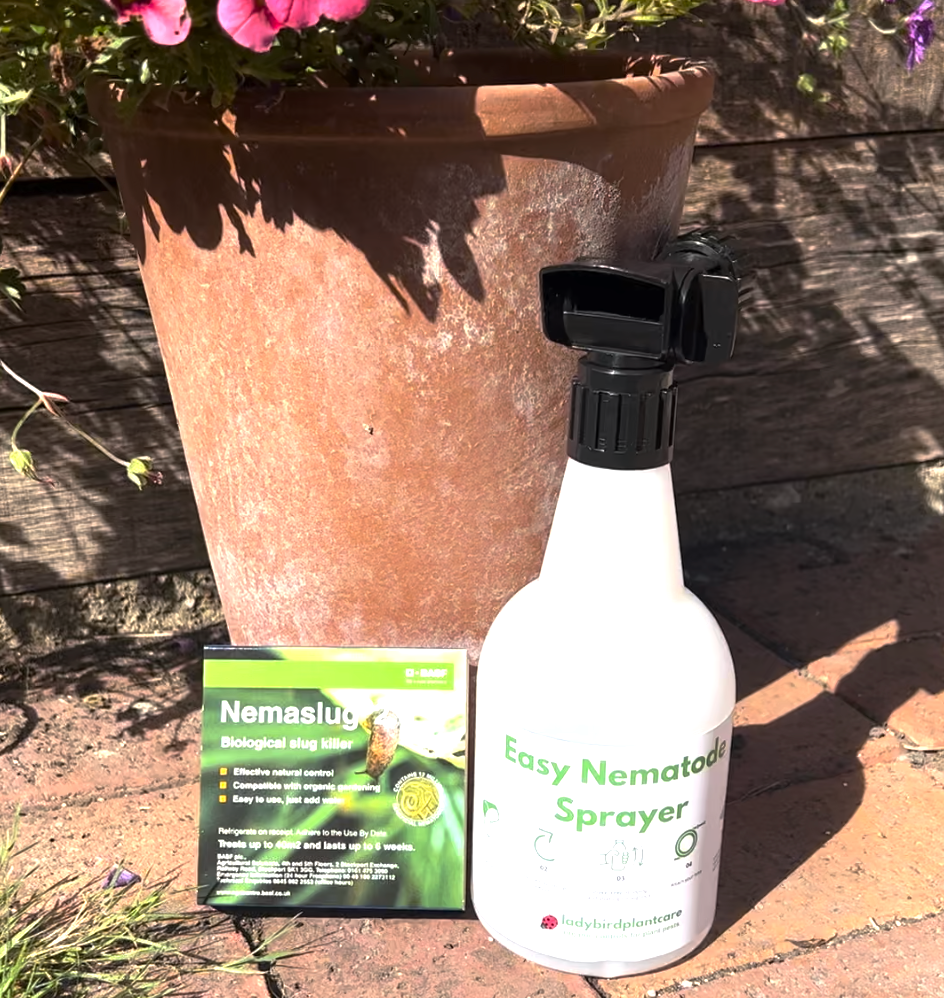
News
All your Slug Nematode Questions and Answers
by Tessa Cobley on Mar 19 2024
Using nematodes to controls slugs is easy, effecting and safe. Here are some of the most asked questions about this biological control and their answers.
When should you use nematodes for slugs?
Nematodes for slugs and vine weevil can be used when the soil temperature reaches 5°C and should be used every 6 weeks until the temperatiure drops below 5°C late autumn.
Are nematodes safe for pets/kids?
Yes, you can allow dogs, other pets, children to play on treated areas immediately as our nematodes are 100% biological and safe. Read more about dogs and slugs here...
Are nematodes ok to use on edible crops and in organic gardening?
Yes, nematodes are 100% biological and there both safe for edibles and endorsed for use in organic gardening by The Soil Association.
SHOP FOR SLUG NEMATODES
Can I use different types of nematodes at the same time (i.e. vine weevil and slug)?
Yes, you should apply the separately but they can be used on the same area at the same time.
What are nematodes and where do they come from?
Nematodes are microscopic eelworms and they are naturally occuring in the soil. They are target specific, meaning that each species only has one pray. The ones we sell are mass produced on artificial diets. They are produced in the UK, on the south coast.
Don't nematodes affect plants and humans?
Lots of people ask why the nematodes we sell are not harmful to plants, humans or wildlife. There are many many species of nematode in the natural world but they are all target specific. We sell nematodes for specific garden pests and they do not affect anything else. By applying nematodes to you are garden you are boosting a population that is already there without upsetting the delicate ecosystem.
Can you see nematodes?
Nematodes are tiny, microscopic colourless worms so they can't be seen with the naked eye.
How do nematodes work?
Nematodes work by infecting the host with a lethal bacteria. They enter via the digestive or respiratory system of the pest and stop that from working. This stops the pest from feeding within 48 hours and eventually kills the pest within a few days. They reproduce inside the pest and release further generations into the soil. You can find out more about how they work here...
Do nematodes kill snails?
The species of nematode that kills slugs works on the slugs underground so does not have the ability to kill snails. Slugs and snails are seen to avoid areas treated with Nemaslug nematodes so they can be used as a natural deterrent to keep snails numbers down in your garden.
Why are nematodes more effective against slugs than pellets, traps or barriers?
There are up to 95% more slugs in your garden then you ever see as the vast majority live underground. Only nematodes will reach this part of the population and stop then decimating the roots of your plants or making their way to the surface to do that damage above ground.
What time should I apply nematodes?
As it's important that the soil, or plant if using as a foliar spray, must not dry out after nematodes application it's often best to apply late in the day and out of direct sunlight. Once you have opened the package and mixed up the solution you only have a few hours to carry out the application. The nematodes will drown if left too long.
You also don't want to apply nematodes then go away for a few days as you will need to make sure to keep the area damp. To save you some time, and water, it's a good idea to look at the weather forecast and plan to do your application when rain is due.
How to apply nematodes (soil drench)
All our nematodes come with detailed instructions that should be followed to the letter so we will not go into specifics here but in preparation for receiving nematodes here's a few things you should do/make sure you have;
Ensure the soil or compost is well irrigated and not compacted
Ensure the soil is above the minimum required temperature
Clean the equipment you are going to use to apply the nematodes
Have available a watering can with a course rose or a hose end feeder for large area applications
What happens to nematodes after they have killed the pest?
Nematodes reproduce inside the pest and release further generations into the soil. If there's not more of their prey around then they will die back to their natural levels.
SHOP NEMATODES
If you have any other questions about nematodes and their application please get in touch via plantcare@ladybirdplantcare.co.uk
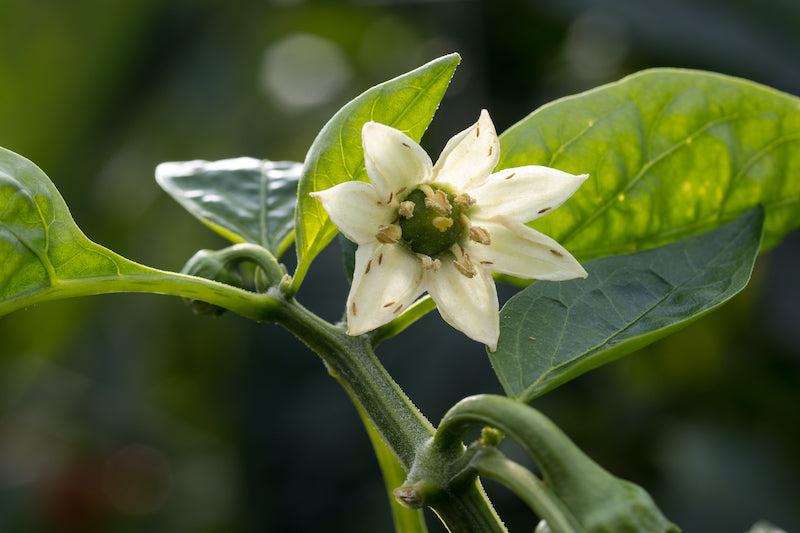
News
by Tessa Cobley on Jun 23 2022
Pests thrive in June...
Does it feel like you're finding more pests every single day? It's not anything you're doing wrong, in fact your vigilance is brilliant. June brings lots of light and warmth, it is also a time when various life stages of pests are present.
Those of you on slug and snail patrol of an evening may be spotting adult Vine Weevils, here's how to spot and treat them.
Thrips are having a lovely time amongst houseplant collections (they can be a problem in the garden too), this is how you can tell if you have them and what to do.
Aphids are still problematic in containers and borders but now is the time to check your trees, especially fruit trees. If you find wooly aphid, check out this advice. For all other types of aphid, here are the controls.
Slugs will come back if you do not keep up your Nemaslug treatments every 6 weeks, why not subscribe and save 5% on every order.
Whitefly numbers are on the rise, they make a sticky mess and can weaken plants. Heres how to spot and treat them.
Finally, look out for caterpillars. They have a huge appetite, folded and webbed over leaves may contain caterpillars. Remove them by hand and use Fruit & Veg nematodes to control them.
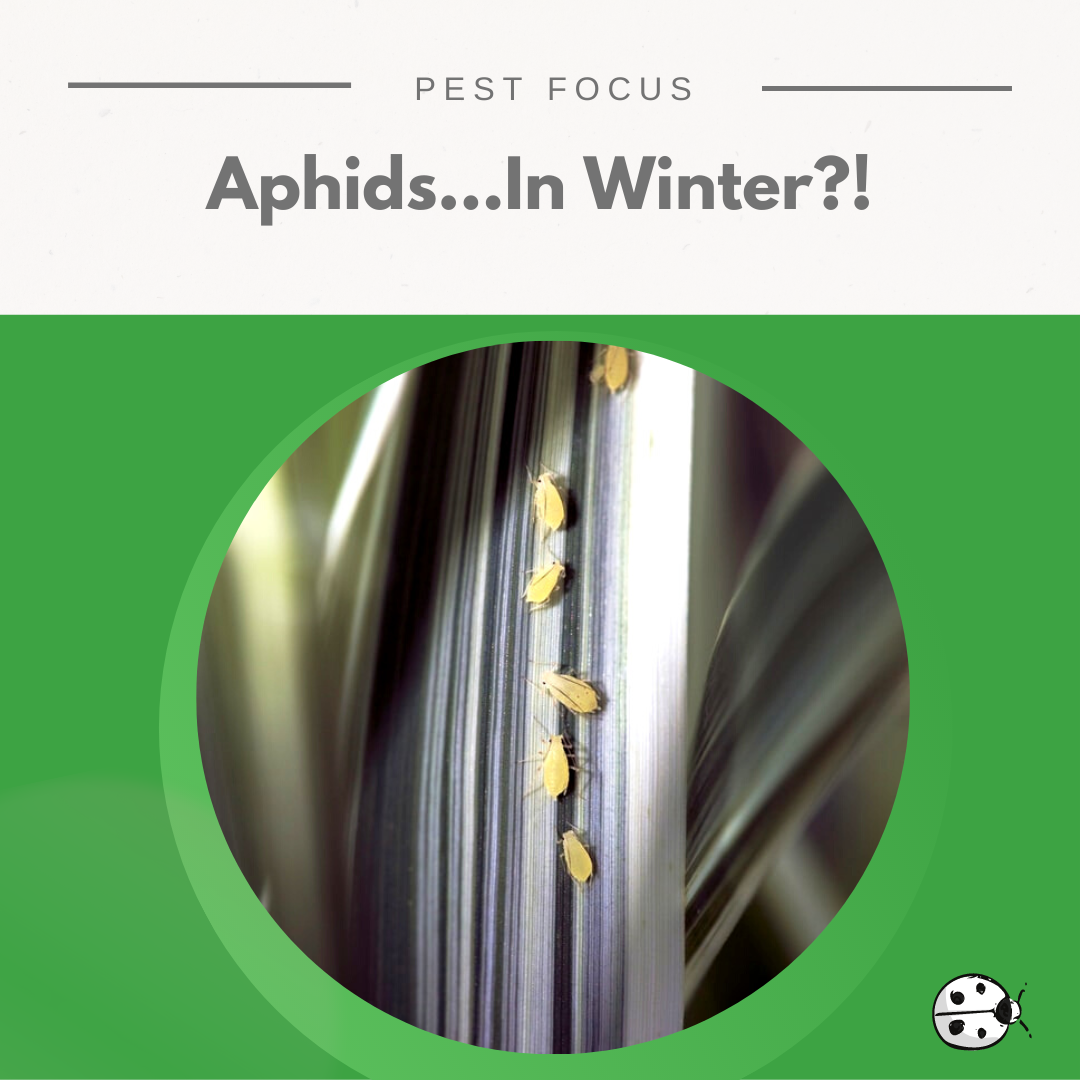
News
How to save your plants from aphids (greenfly, blackfly) in winter, a guide to eco friendly controls
by Tessa Cobley on Feb 01 2022
Why do I have aphids in the winter?
Unfortunately aphids are not strictly seasonal, if it's warm enough in your growing environment they will happily feed and reproduce. If temperatures drop they may enter their version of hibernation, they will lay eggs in nooks and crannies ready to hatch as soon as it warms up again.
Aphids on my houseplants and in my conservatory - help!
Lots of people have aphids right now, at first you might see one or two and then (maybe a day later) there's a whole colony. They product offspring very quickly.
Releasing predators is possible but maybe not practical in a home situation, plus during colder darker months predators may struggle to establish.
A contact based insecticide like Horticultural Soap, will kill the aphids and is safe for use indoors, on edibles, around pets and children.
How to get rid of aphids using contact insecticide
Often people spray the plant, come back the next day and think it hasn't worked. This is because many of the aphids were either hiding or too small to be affected by a single application. Spraying everyday or at least every other day, for a week, should be much more effective.
How to stop aphids coming back
The same Horticultural Soap can be used to protect plants from pest infestation. A spray every 1-2 weeks will do 3 things;
- It will clean off any pests that are present
- It will get you looking at the plant and spotting any pests early
- A clean plant is a healthier plant and less likely to be harmed by pests
Horticultural Soap is £9.70 for 250ml which will make up to 25 litres of spray. Shop now.
For more on Aphids Click Here

